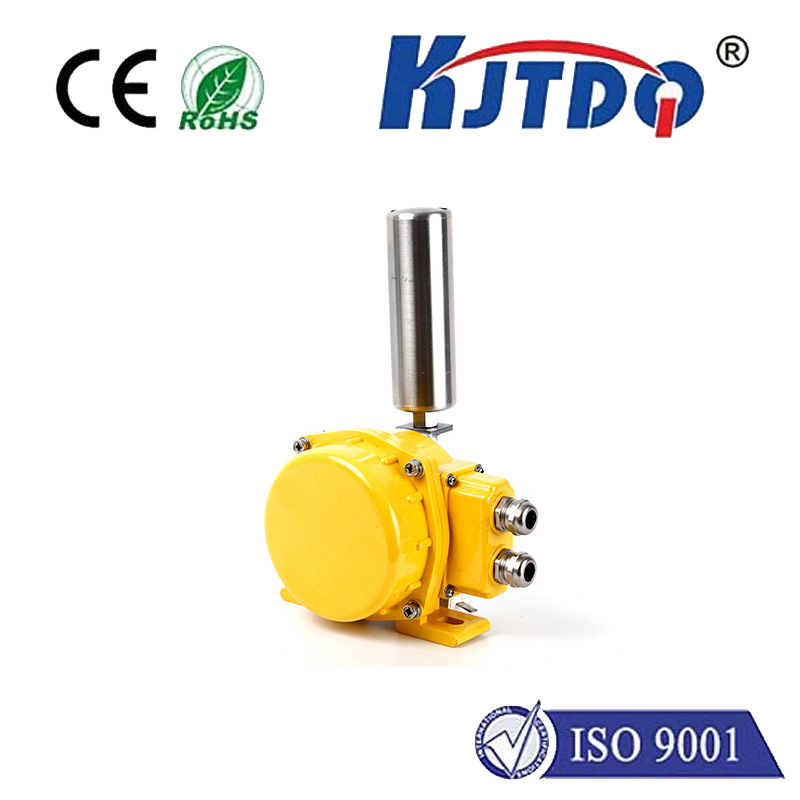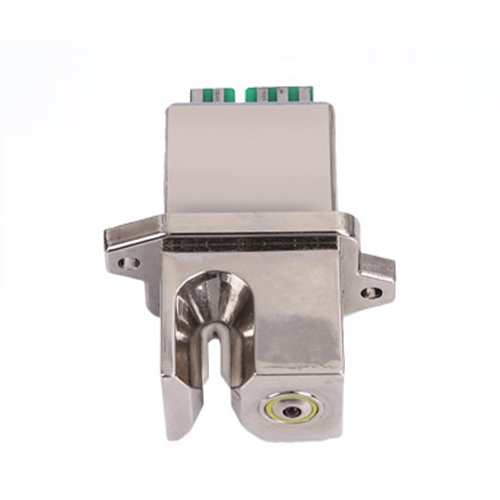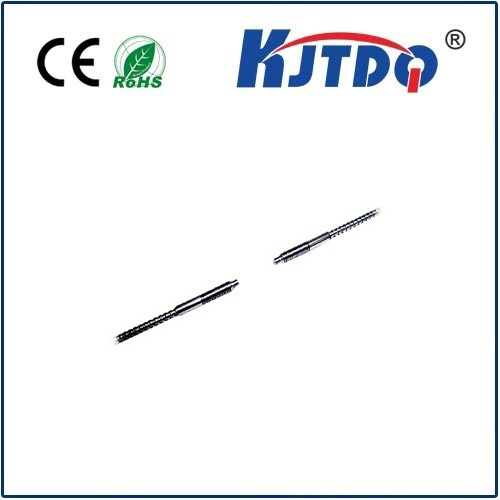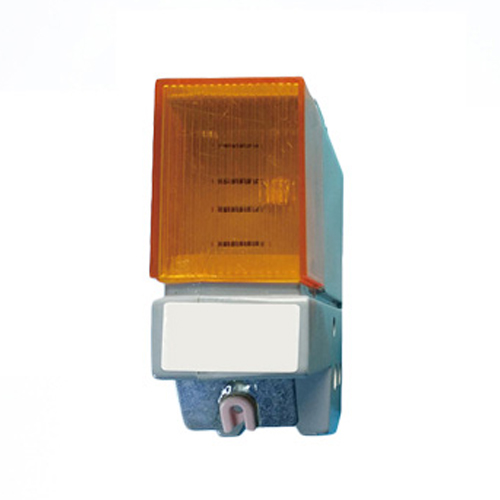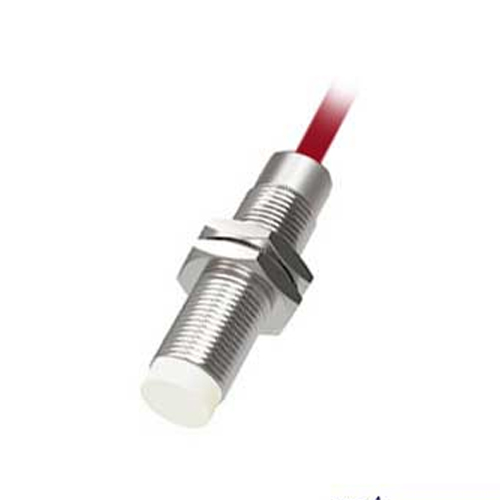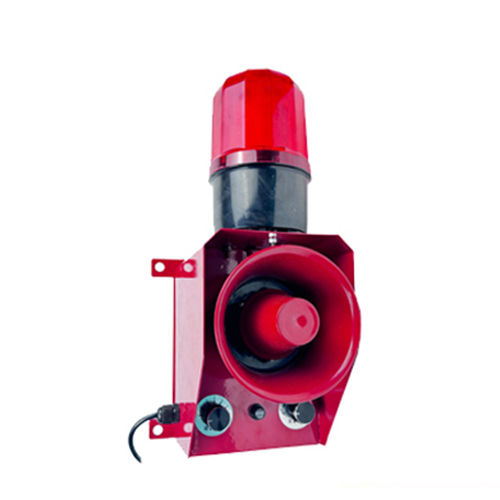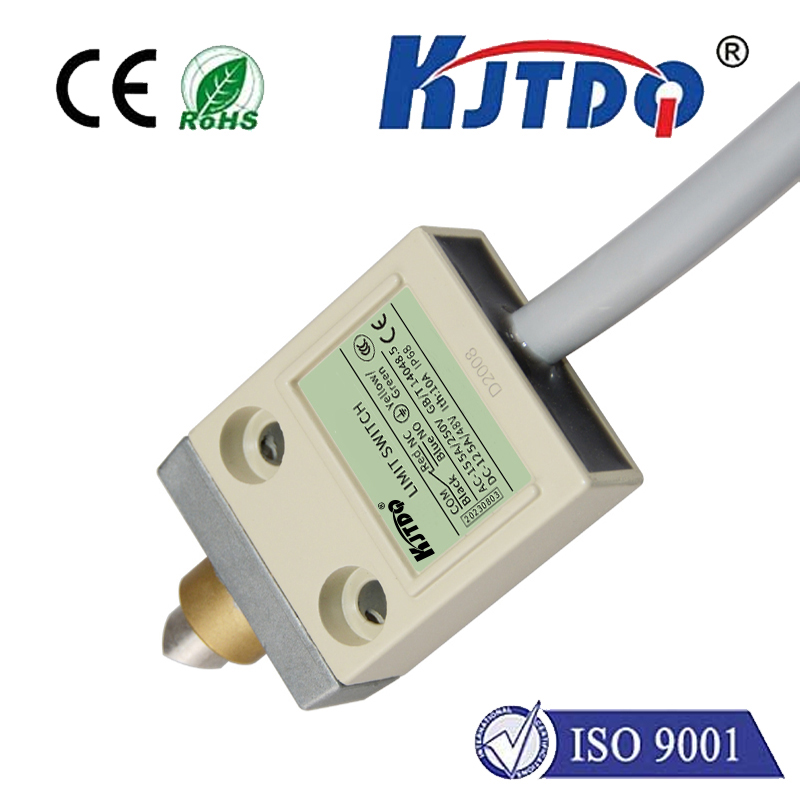E3Z-LL81 2M background suppression sensor
- time:2025-09-28 04:31:54
- Click:0
E3Z-LL81 2M Sensor: Ignoring Distractions for Reliable Object Detection
Imagine a sensor that can confidently detect a dark box on a cluttered warehouse floor, ignoring shiny pallets nearby, or reliably see a transparent bottle on a moving conveyor belt, unaffected by the machinery behind it. This isn’t just desirable; it’s essential for robust industrial automation. Enter the Omron E3Z-LL81 2M, a photoelectric sensor specifically engineered with Background Suppression (BGS) technology and a substantial 2-meter sensing range to excel precisely in these challenging scenarios. Understanding how it achieves this focused detection is key to unlocking higher reliability on your production line.
Forget simple presence detection; complex environments demand intelligent sensing. Standard photoelectric sensors struggle when the target object shares similar reflectivity with its surroundings or when irrelevant background objects fall within the beam’s path. This can lead to frustrating false triggers or dangerous missed detections, causing jams, errors, and costly downtime. The E3Z-LL81 tackles this head-on with its sophisticated optical design.
The magic lies in its triangulation-based measurement principle. Unlike diffuse sensors that simply measure the amount of reflected light returning to the receiver, the E3Z-LL81 uses a precise angle. Here’s the breakdown:

- Emitter: An LED sends out a focused beam of light (typically red or infrared).
- Receiver Lens: Light reflected from an object in front of the sensor is focused onto a specific point on a position-sensitive detector (like a small, specialized camera sensor) inside the unit.
- Position Matters: The exact position where the light hits this detector is crucial. The angle of the reflected light changes depending on the distance of the target object.
- Background Suppression Logic: The sensor’s built-in electronics are calibrated to recognize a specific distance range based on where the light spot appears on the detector. Crucially, it only triggers when the reflected light comes from an object falling within this pre-defined, adjustable sensing window. Light reflected from objects beyond this set distance – the background – is effectively ignored.
This BGS principle makes the E3Z-LL81 exceptionally adept at:
- Detecting low-reflective targets: Seeing black objects against dark backgrounds becomes feasible.
- Ignoring highly reflective backgrounds: Shiny metal surfaces or bright walls behind the target won’t cause false positives.
- Overcoming target color variations: Performance is significantly less affected by the color of the object compared to standard diffuse sensors.
- Ensuring stable detection: Maintaining reliable operation even if the target reflectivity changes slightly.
The 2M (2-meter) sensing range is a critical specification for the E3Z-LL81. This extended reach provides valuable flexibility in application design:
- Mounting Options: Install the sensor further away from the target or the potentially hazardous process area, improving safety and simplifying maintenance access.
- Larger Object Handling: Effectively detect objects on wider conveyors or within bigger machinery envelopes.
- Over-beam Applications: Sense objects passing through a defined space within that 2-meter span.
Where does the Omron E3Z-LL81 2M truly shine? Its blend of background immunity and range makes it a powerhouse in diverse industrial settings:
- Packaging & Bottling Lines: Reliably detecting transparent bottles, differentiating labels on containers, or verifying case presence regardless of inconsistent background conveyor colors. No more misfires caused by the stainless-steel frame behind the line.
- Material Handling & Logistics: Verifying the presence of pallets (even dark wooden ones), detecting packages on conveyors with varying backgrounds, or ensuring AGV (Automated Guided Vehicle) load security. Background suppression ensures pallets are detected, not the warehouse wall.
- Automated Assembly: Precise detection of parts within jigs or fixtures, confirming component placement before a process step, or sensing oddly shaped items. Color or background variations within the machine cavity won’t disrupt the process.
- Printing & Converting: Monitoring paper or film webs, detecting splices, or verifying registration marks. The sensor focuses only on the web, ignoring the machinery rollers behind it.
- End-of-Arm Tooling (EOAT): Confirming part acquisition by a robot gripper in potentially crowded workspaces.
Maximizing Performance with the E3Z-LL81:
To leverage its capabilities fully, consider these points:
- Precise Alignment: While less critical than through-beam sensors, proper alignment towards the target area optimizes signal strength and background rejection.
- Teach-in Function: The sensor typically features an easy teach function. Simply present the target at the desired detection distance and activate the function. This sets the optimal sensitivity point for that specific application. This simplifies setup dramatically.
- Environmental Considerations: Like any optical sensor, ensure the operating environment is compatible. Protect lenses from excessive dust, moisture, or direct, intense ambient light that could interfere. The E3Z-LL81’s IP67 rating offers good protection against dust and water jets.
- Target Size & Reflectivity: While excellent with low-reflective targets, extremely small or extremely matte black objects at the far end of its 2M range might require verification or potentially a shorter-range BGS variant.
In the demanding world of factory automation, consistency is king. Sensors that are easily fooled by environmental clutter become points of failure. The E3Z-LL81 2M Background Suppression photoelectric sensor, with its intelligent triangulation principle and robust 2-meter capability, provides a vital solution. It delivers the focused detection needed to maintain process integrity, reduce costly errors, and ensure smooth operation. When your application demands reliable object detection amidst visual complexity and requires that extra sensing distance, this sensor offers a compelling blend of performance and practicality, proving that sometimes, the key to seeing clearly is knowing exactly what not to look at.






